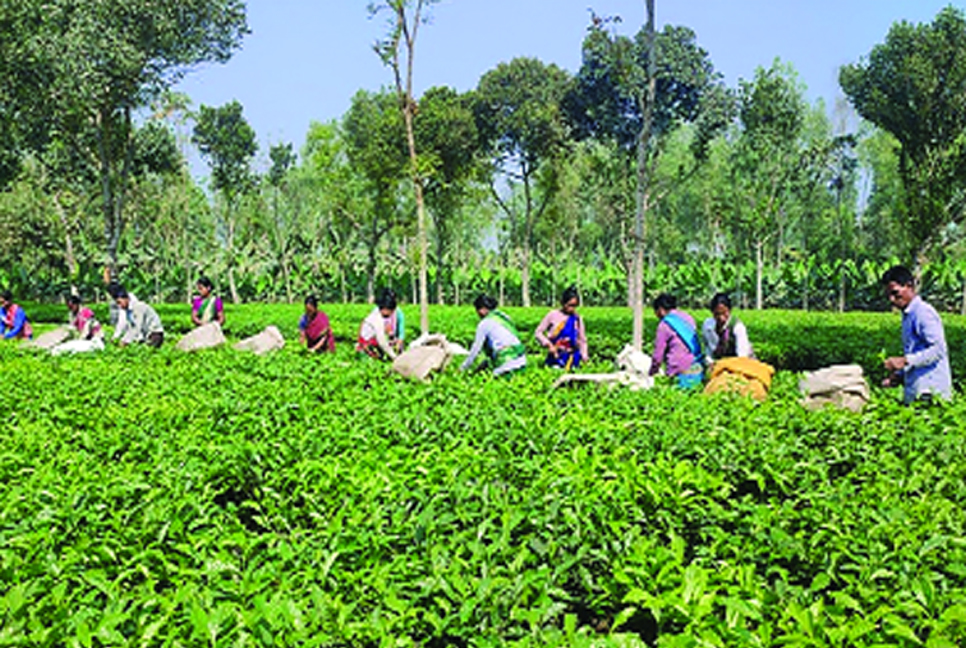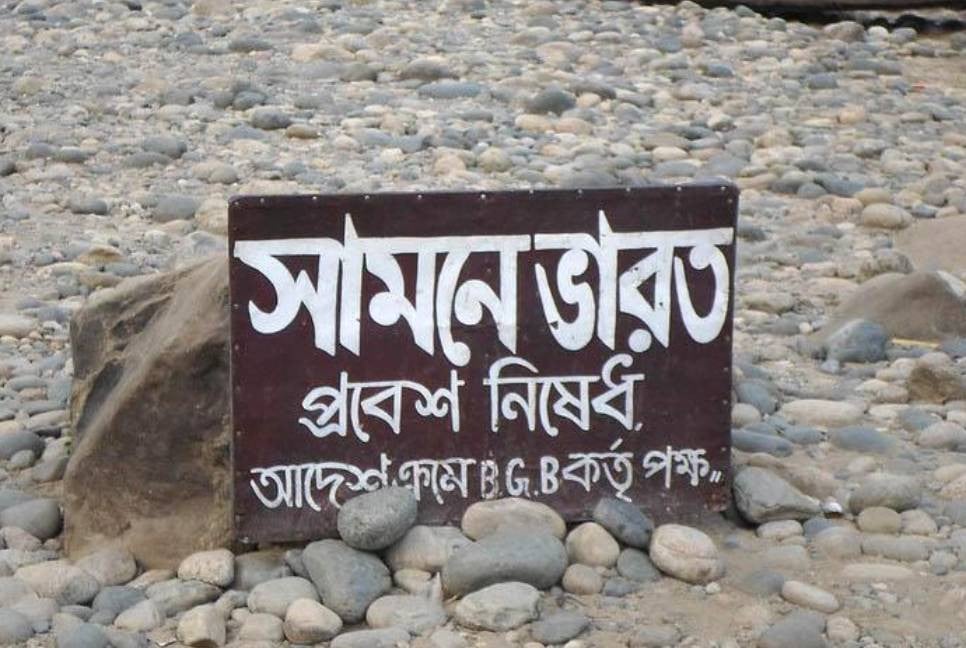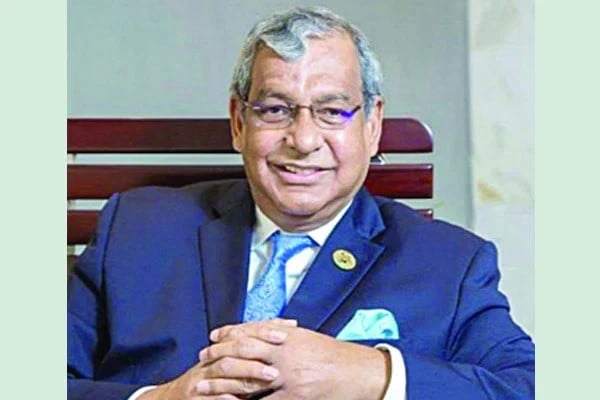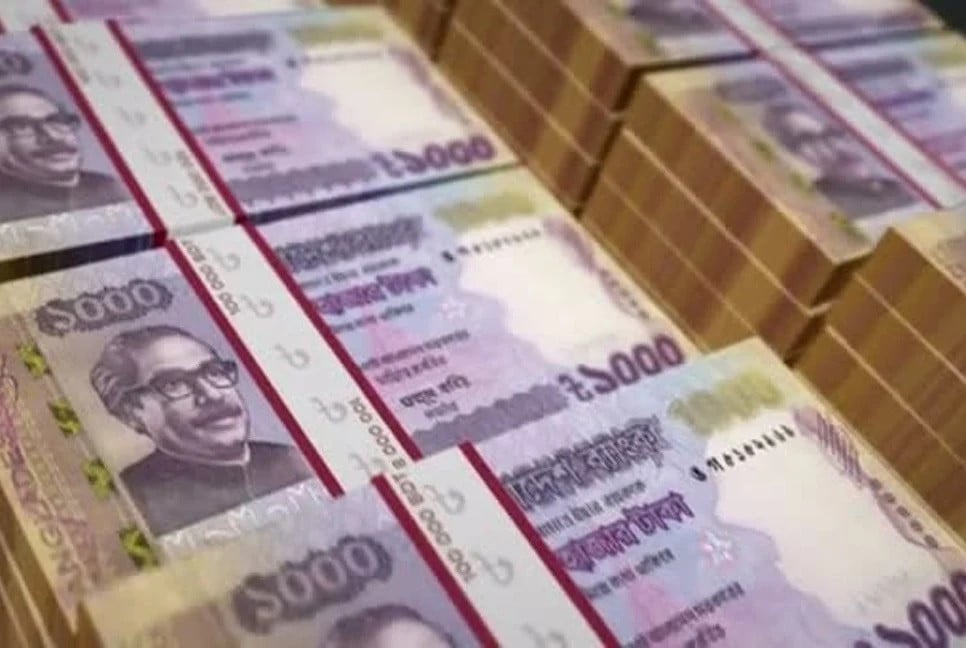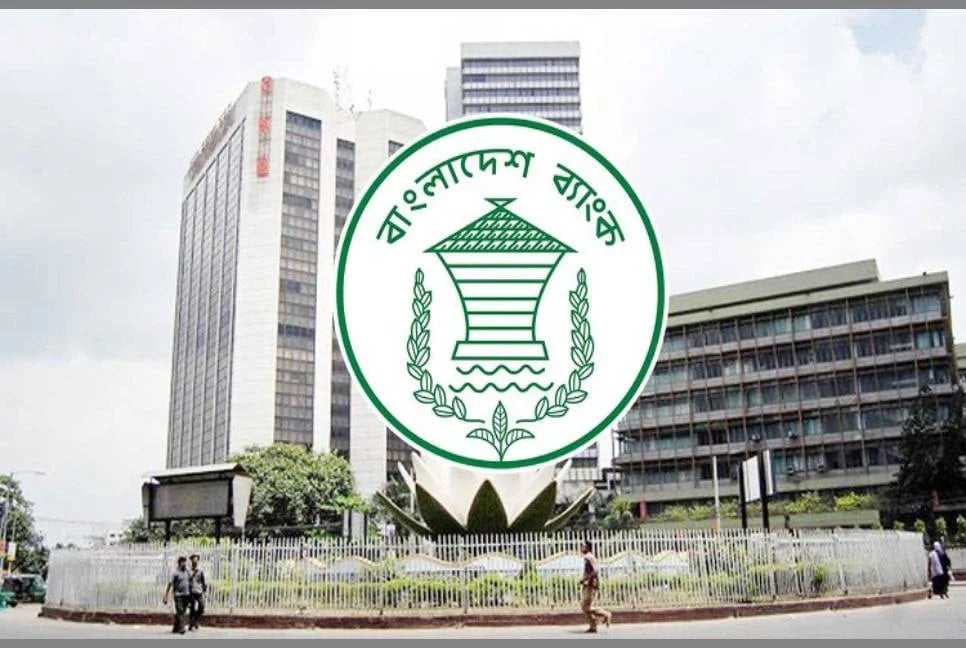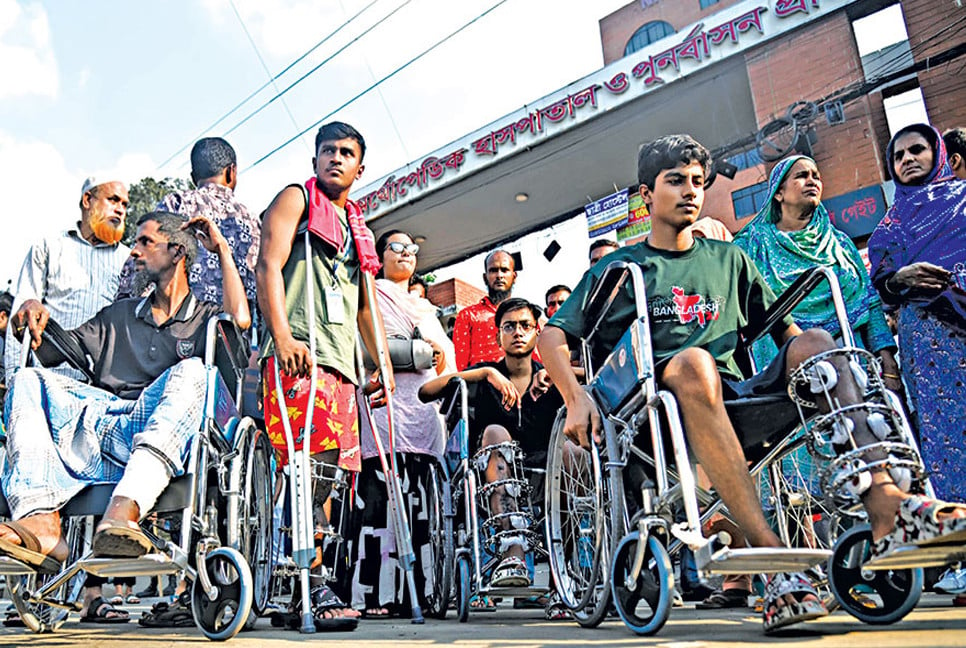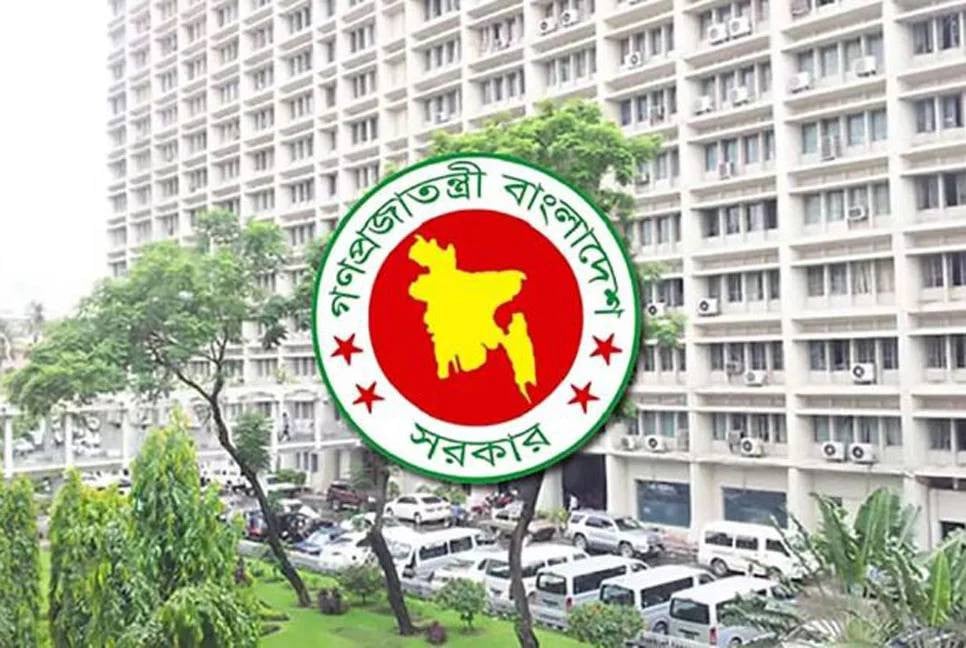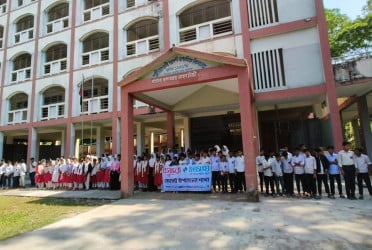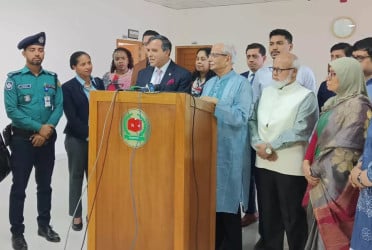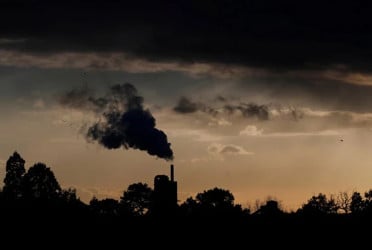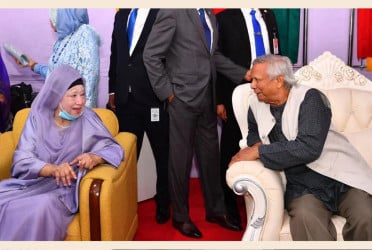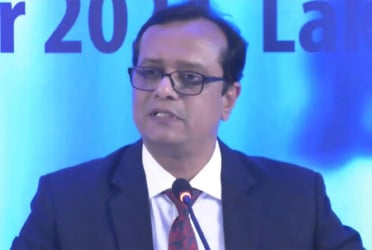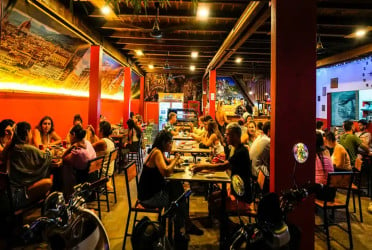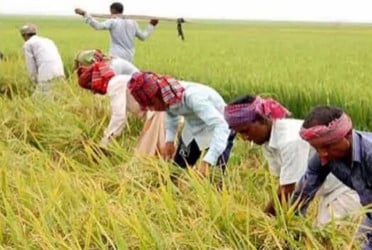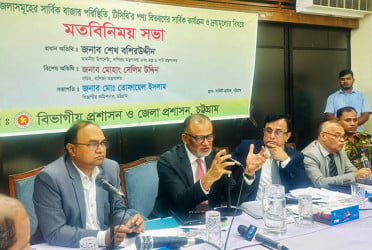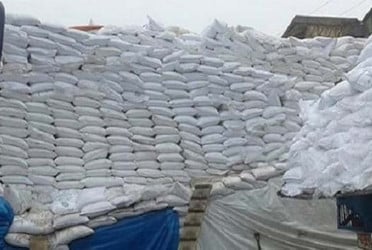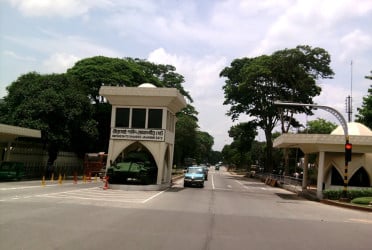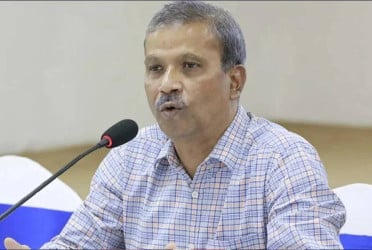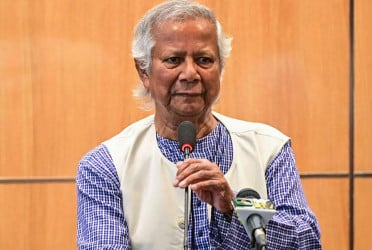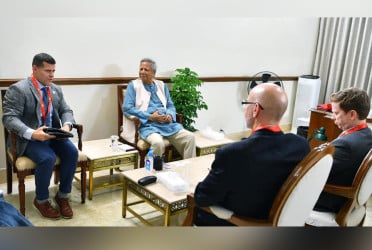The northern region of the country has become the second in terms of producing tea last year. The tea production from five districts in northern region has occupied the second place in the country for 3 years at a stretch. Among these districts, Panchagarh is the most tea-producing one. Due to the efforts of small tea farmers along with the big tea-gardens, the tea-production of this region has been increasing every year. However, there was allegation that small farmers don’t get the right price of the raw tea leaves. They are in somewhat loss in last five years. Many of them shifted their cultivation to another crops.
73 crore 8 lakh 277 kg of green tea has been produced in 2023 from large tea plantations and small farmers' plantations in Panchagarh. 1 crore 53 lakh 75 thousand 57 kg of tea leaves have been produced from these green tea leaves. There are 1,465 registered gardens in this district and 5, 855 unregistered gardens. There are 8 registered tea estates and 20 unregistered tea estates in the district. Tea is being cultivated on 10, 267 acres of land. In four other districts, Thakurgaon, Nilphamari, Lalmonirhat and Dinajpur, about 12, 133 acres of land are cultivated. 12 crore 34 lakh 6 thousand 428 kg of green tea leaves have been produced from these tea gardens. 25 lakh 72 thousand 173 kg of tea has been produced from these green tea leaves. A total of 1 crore 79 lakh 47 thousand 230 kg of tea leaves have been produced from the plains of five districts in North Bengal which is 1 lakh 65 thousand kg more than the amount produced in 2022, 17.44 percent of the national product.
According to the sources of the Tea Board, a total of 10 crore 29 lakh 18 thousand 498 kg of ready tea has been produced in this season. According to the information of the Tea Board, 54 lakh 46 thousand kg of prepared tea leaves were produced in the plains of the northern region in 2017. There are 27 tea factories operating in these five districts. The Tea Board has approved the establishment of 58 tea factories. Tea producers complain that they are not getting the right price for raw tea leaves due to the syndicate of factory owners. They had to sell one kg of green tea leaves for only Tk 8 to 9. Many people are also removing the tea garden due to the loss. Already around 40 acres of tea plantations have been removed. However, the Tea Price Fixing Committee headed by the Deputy Commissioner has fixed the price of raw tea leaves at Tk 18 per kg. But, the factory authorities are unwilling to accept these complaints of tea farmers. They say that due to the global crisis, the price of tea has fallen in the market. Although two leaves and one bud are supposed to be supplied by hand or machine, the farmers use scissors to supply 5-6 leaves of raw tea leaves to the factory. Hence, the quality of tea is deteriorating. And the price of North Bengal tea has come down in the tea auction market. So the farmers are not getting the right price. The problem can be solved if the government fixes the price per kg of tea leaves at the auction center. A third tea auction center was set up at Panchagarh on September 2 in 2023. Earlier, the factory owners of these areas had to sell tea at auction centers in Chattogram and Srimangal. The cost of transportation was very high. Panchagarh Tea Auction Center has held 9 auctions so far. In these auctions, prepared tea leaves were sold at the lowest price of Tk 75 per kg.
Stakeholders say administrative initiatives are needed to save the tea industry in North Bengal. Amir Hossain, Development Officer of Tea Board Panchagarh Regional Office, said, “The tea cultivation in North Bengal is increasing day by day. The tea board is working to improve the quality of tea in this area. We are also working to produce good quality tea leaves in tea factories.”
(The report was published on print and online versions of The Bangladesh Pratidin on February 10 and rewritten in English by Lutful Hoque Khan)

